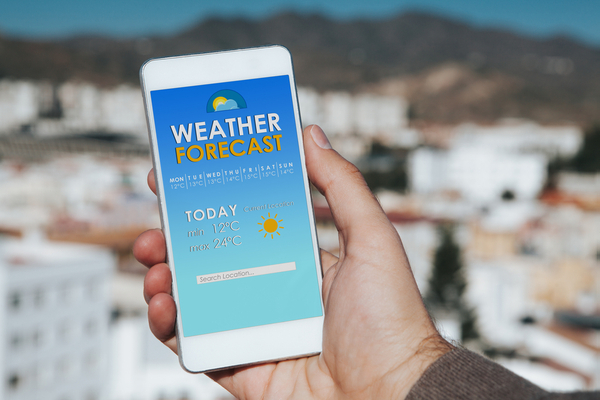Globally, average temperatures broke a string of monthly records this summer, according to the National Oceanic and Atmospheric Administration (NOAA): June was the warmest June, July the warmest July and August the warmest August. September was also, by a record margin, the warmest September, the European Union climate monitor said this week. As humans continue adding greenhouse gases to the atmosphere, record-breaking heat will become even more common, as will extreme weather events such as droughts, wildfires and floods.
This summer alone, floods ravaged Vermont and upstate New York; the seawater in South Florida was so hot it felt like a Jacuzzi; choking smoke from vast Canadian wildfires enveloped the skies over the Northeast and Midwest. Even the mosquito population in Texas suffered. In cities like New York and Chicago, a wave of summerlike temperatures flowed into September and October.
To many Americans, the season felt like a climate inflection point: a peek at what the country is facing in the future, and a new definition of summer. In cities across the country, the institutions that define the lives of children — park districts, schools, summer camps — have struggled to adapt.
Climate change is making childhood summers more difficult, less carefree. Americans who savored the beauty of summer have found themselves pushed back indoors. In Pennsylvania, the tick population soared to its highest level yet, scaring away hikers from the woods.
This summer, the night emerged as a preferred time to work and play.
Construction crews and air-conditioning repairmen learned to continue their work in the late evenings, hoping for a tiny respite from the searing heat of the daytime. In New Mexico, farmworkers harvested onions by night, after the sun had dipped down into the horizon. Any earlier and the onions would bruise too easily in the hot temperatures, and the labor of picking them in the heat would become too intense.
Climate change turning up nighttime temperatures has endangered livestock, especially cattle, who depend on the overnight hours to cool down. Some farmers have changed their routines, feeding their cattle later at night because the animals heat up as they digest their food.
Even water parks shifted their hours. In the Phoenix suburb of Mesa, the Sunsplash Waterpark offered “Nightsplash,” when people could waterslide under the stars. In Vermont, where flooding swept through this summer, business owners are still trying to rebuild, optimistic that they can open again but wondering what their future will hold.
The increased cost of living, in part because of hurricanes and difficulty affording insurance, has caused a population drop in cities like Miami. While some places are less vulnerable than others, escaping climate disruption entirely is probably impossible, experts say, and owning multiple homes and taking frequent, long-distance commutes between them might actually contribute to climate change.
In Vermont, where flooding swept through this summer, business owners are still trying to rebuild, optimistic that they can open again but wondering what their future will hold.
People are getting overwhelmed by the feeling that climate change is inescapable, that everything scientists warned of in the 1980s is coming true. That this is the new normal.
—
Photo Credit: David MG / Shutterstock.com
